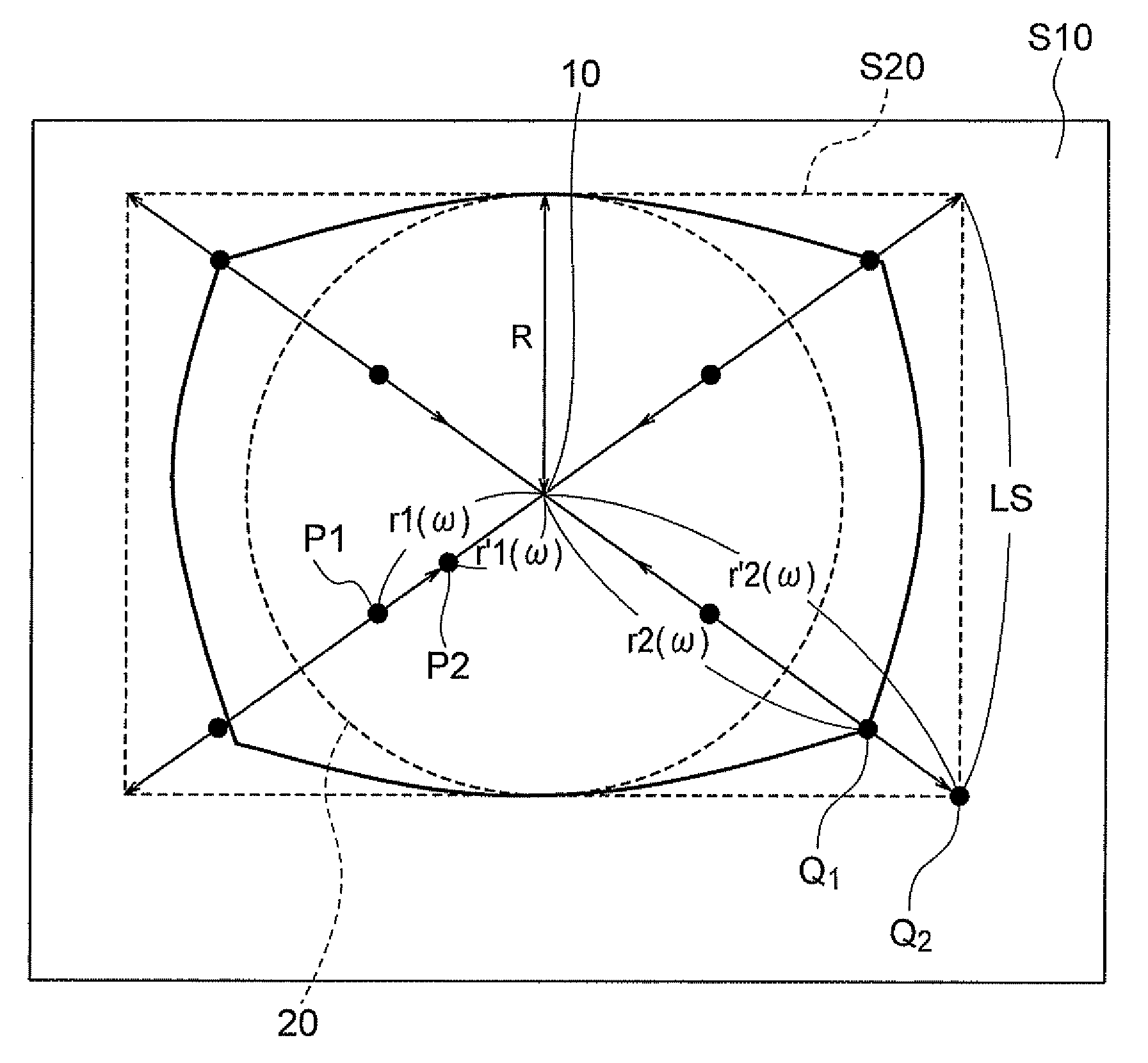Image pickup system with auto focus mode
a pickup system and auto-focus technology, applied in the field of image pickup systems, can solve the problems of difficult structure, difficult to have an effect of distortion of the taking lens, etc., and achieve the effect of not correcting distortion, increasing the distortion of the photographic optical system, and improving the parameters of image quality
- Summary
- Abstract
- Description
- Claims
- Application Information
AI Technical Summary
Benefits of technology
Problems solved by technology
Method used
Image
Examples
second modified embodiment
[0132]FIG. 8 is a plan view showing conceptually a pixel arrangement in an imager according to a first modified embodiment of the embodiment of the present invention. FIG. 9 is a plan view showing conceptually a pixel arrangement in an imager according to the embodiment of the present invention.
first modified embodiment
[0133]In the first modified embodiment, a direction of dividing a pupil, is let to be an upper side and a lower side in addition to a right side and a left side. In FIG. 8, an example of 16 vertical pixels (L01 to L16) and 16 horizontal pixels (F01 to F16), in all 256 pixels has been shown. However, the number of pixels is not restricted to 256, and it may be an arrangement in which, the total number of pixels is more than 10 million for example.
[0134]In the example shown in FIG. 8, the directions in which, the center of area of the photoelectric conversion cell is shifted with respect to the pixel center are four types namely, the right side, the left side, the upper side, and the lower side. In the following description, the pixels will be called as a right pixel 131, a left pixel 132, an upper pixel 133, and a lower pixel 134.
[0135]In FIG. 8, in row L01, the right pixel 131, the left pixel 132, the lower pixel 134, and the lower pixel 134 are disposed repeatedly in order from lef...
third modified embodiment
[0140]FIG. 10 is a cross-sectional view showing a schematic structure of pixels according to the embodiment of the present invention. FIG. 11 is a diagram when the pixels shown in FIG. 10 are seen from a direction of optical axes 200L and 200R.
[0141]In FIG. 10 and FIG. 11, adjacent pixels are shown, and an area of photoelectric conversion areas 205L and 205R is same. However, a distance between positions of centers of gravity of area of the photoelectric conversion areas 205L and 205R and a distance of pixel pitch differ, which is similar as in the example shown in FIG. 3 and FIG. 4.
[0142]In FIG. 10 and FIG. 11, micro lenses 201L and 201R are disposed to correspond with pixels 204L and 204R respectively of a sensor. A distance between the micro lenses 201L and 201R is according to the pixel pitch. However, taking into consideration an output pupil position of a taking lens, the micro lenses 201L and 201R may be disposed at a distance shorter than the pixel pitch from a center toward...
PUM
 Login to View More
Login to View More Abstract
Description
Claims
Application Information
 Login to View More
Login to View More - R&D
- Intellectual Property
- Life Sciences
- Materials
- Tech Scout
- Unparalleled Data Quality
- Higher Quality Content
- 60% Fewer Hallucinations
Browse by: Latest US Patents, China's latest patents, Technical Efficacy Thesaurus, Application Domain, Technology Topic, Popular Technical Reports.
© 2025 PatSnap. All rights reserved.Legal|Privacy policy|Modern Slavery Act Transparency Statement|Sitemap|About US| Contact US: help@patsnap.com



